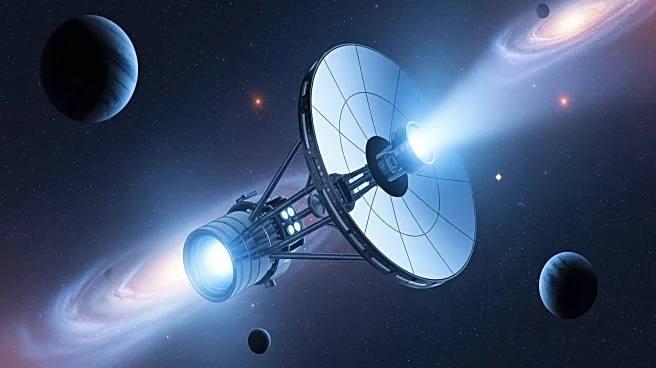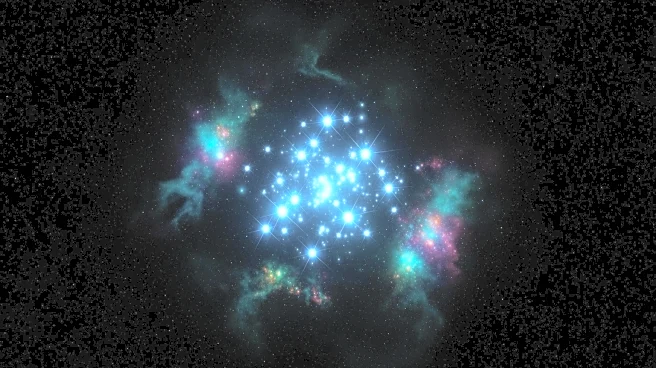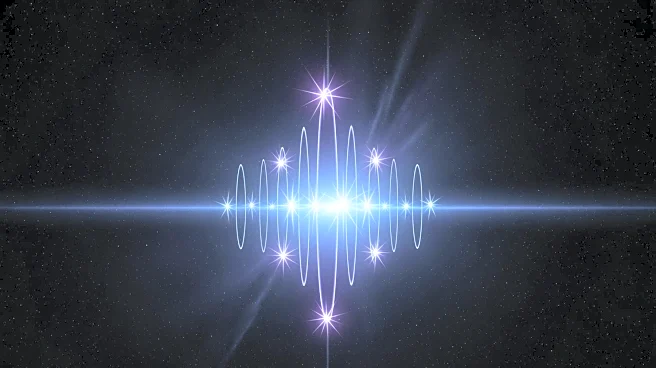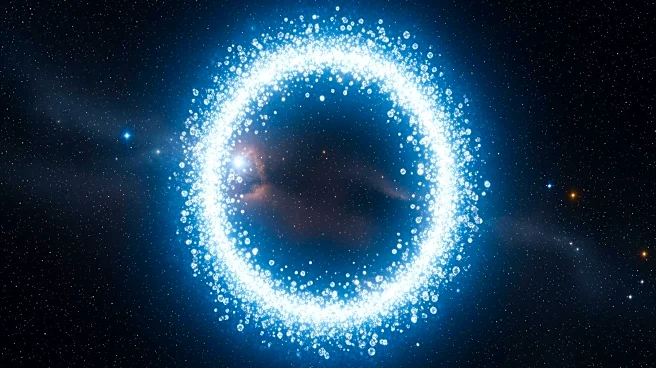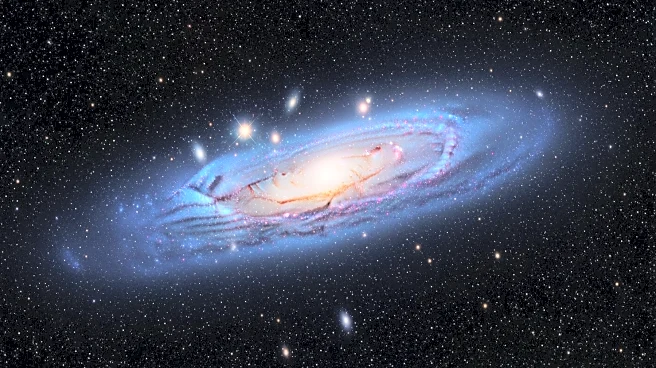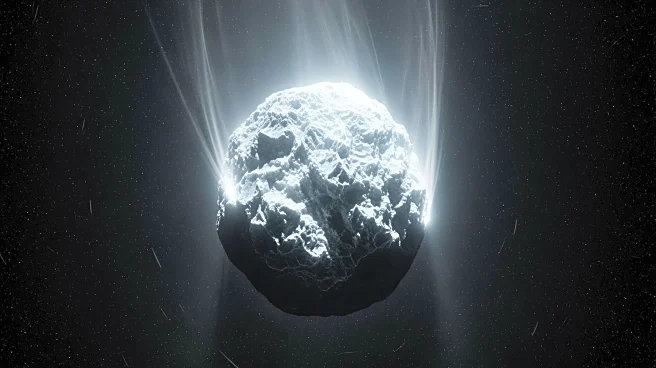What's Happening?
NASA's Nancy Grace Roman Space Telescope, expected to launch within the next 12 to 18 months, is anticipated to exceed initial scientific expectations. The telescope, equipped with an 8-foot mirror similar
to the Hubble Space Telescope but with a field of view 100 times larger, will conduct the Galactic Bulge Time-Domain Survey. This survey aims to study millions of stars in the Milky Way's central bulge to identify exoplanets using gravitational microlensing. This technique, which involves the magnification of light due to the gravitational field of a foreground object, will allow Roman to detect planets around red giant stars. The telescope's capabilities in asteroseismology will also provide insights into the masses, sizes, and ages of stars, enhancing the understanding of exoplanetary systems.
Why It's Important?
The Roman Space Telescope's ability to conduct asteroseismology on a large scale will significantly advance the field of exoplanet science. By studying the oscillations of red giant stars, astronomers can gain valuable information about the stars' properties and, consequently, the planets orbiting them. This data will help determine the habitability of these planets and provide insights into the future of planetary systems as their stars evolve into red giants. The telescope's findings will also contribute to understanding the history and composition of the Milky Way's bulge, potentially revealing unexpected stellar populations or chemical patterns.
What's Next?
Once launched, the Roman Space Telescope will begin its mission to study the Galactic Bulge, with observations expected to provide a comprehensive dataset on stellar oscillations. This will enable astronomers to refine models of planetary system evolution and assess the survival of planets during the red giant phase. The telescope's findings may also prompt further investigations into the Milky Way's bulge, potentially uncovering new insights into its formation and evolution.
Beyond the Headlines
The Roman Space Telescope's mission extends beyond exoplanet discovery, offering a broader understanding of stellar evolution and the dynamics of the Milky Way. Its ability to detect oscillations in red giant stars will provide a unique perspective on the galaxy's oldest regions, potentially challenging existing theories about star formation and chemical composition. The telescope's data will serve as a foundation for future research, influencing the direction of astrophysical studies for years to come.
